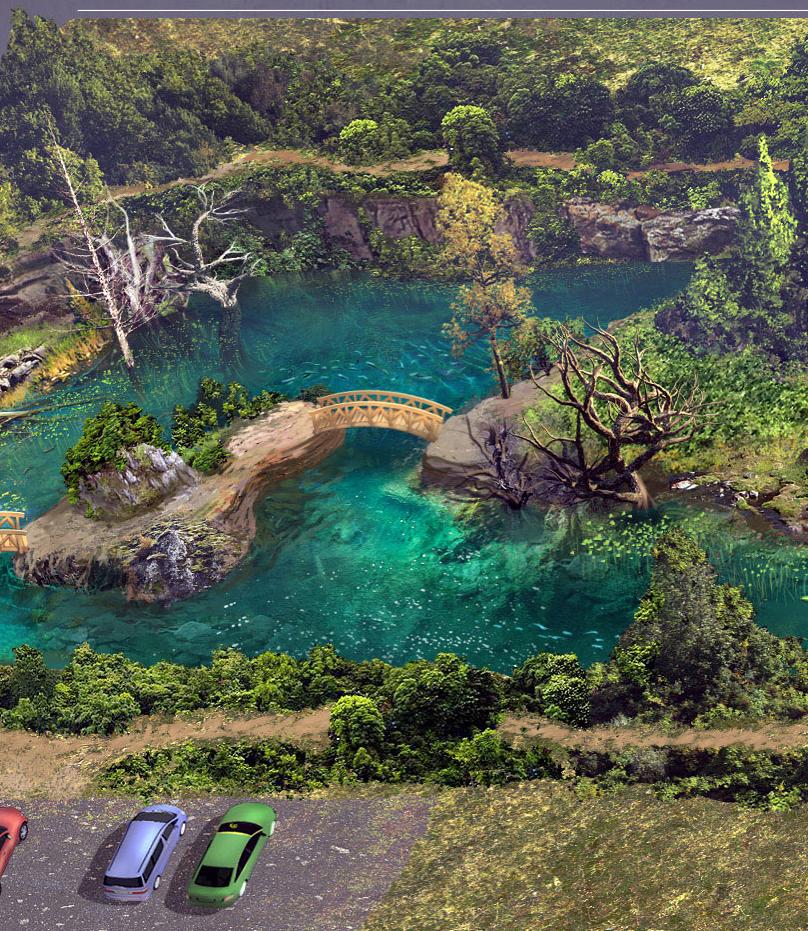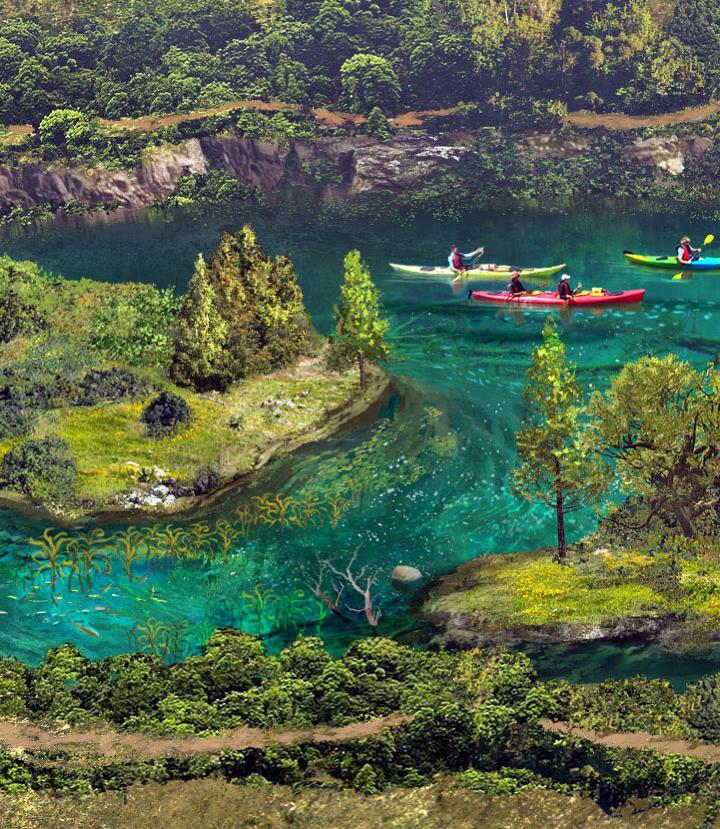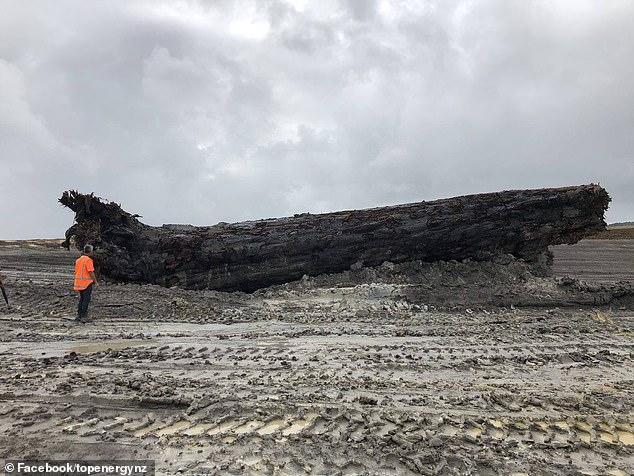
5 minute read
The Case for a Carbon Repository
The current geological era is called the Holocene, sometimes referred to as the Anthropocene in recognition of the dominance of human civilization and the widespread effects of human activities on the planet across ecosystems. It is a historically warm period following the retreat of the glaciers approximately 19,000 years ago. The era has seen continuous reductions in ice coverage, with a commensurate increase in sea levels, which have been rising at a fairly regular rate over the past 5,000 years, according to the Island Institute.
However, recent studies and expanded global temperature measurement suggest that portions of the planet’s surface and atmosphere are warming at a rate above what would be expected under normal [statistical] variation.
As our human civilization has grown, our activities have produced greater and greater quantities of carbon dioxide and other greenhouse gases. During the industrial revolution, carbon dioxide production grew exponentially as the western nations transitioned from renewable woodbased fuels to high-carbon ‘fossil’ fuels such as coal, oil (petroleum), and natural gas. In the 20th century, the use of these fuels has grown geometrically as coal and natural gas as sources for electrification and petroleum-based transportation has expanded in the developing world.
12
THE CASE FOR A CARBON REPOSITORY CONTINUED
Research has now shown that these increased emissions of CO2 in the last century have substantially altered the composition of the atmosphere.
FIGURE 1: Monthly average CO2 molecules per million (ppm) as measured at NOAA’s Mauna Loa Observatory in Hawai’i. Source: NOAA
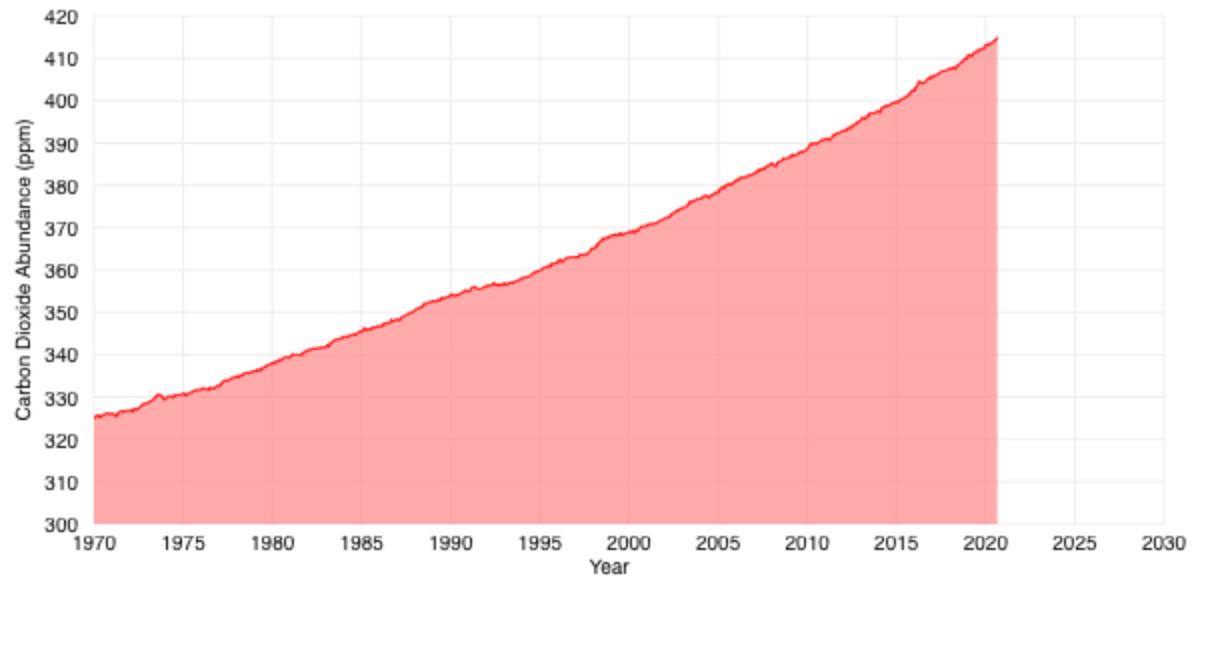
Concerns over the effect of continued net emissions of CO2 include climate change, and in the long run, global warming as heat is projected to be retained by the atmosphere that would otherwise escape the planet.
13
THE CASE FOR A CARBON REPOSITORY CONTINUED
NOAA’s Climate.gov website reports, “The global annual temperature has increased at an average rate of 0.07°C (0.13°F) per decade since 1880 and over twice that rate (+0.18°C / +0.32°F) since 1981”*
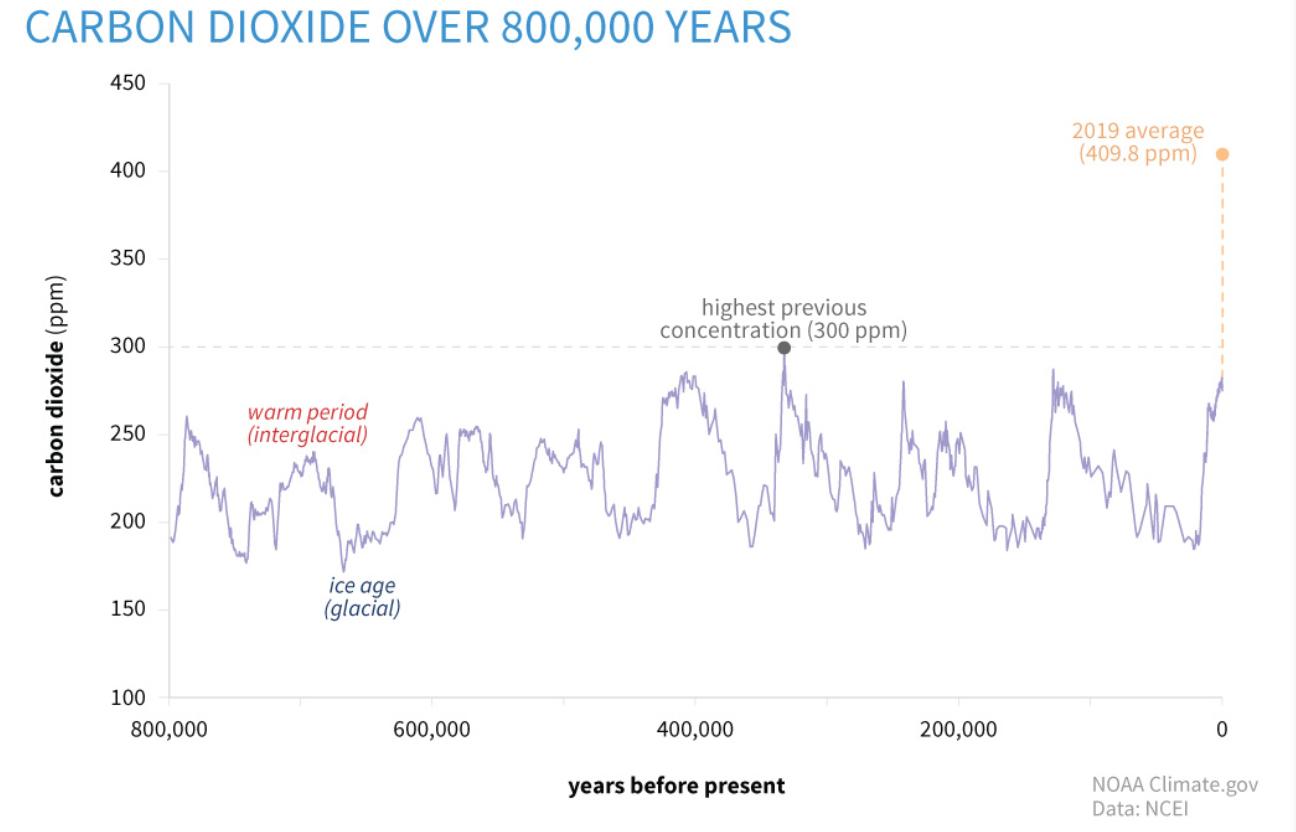

The cause? A growing body of evidence indicates that long-term warming and cooling trends over hundreds of thousands of years correlates with atmospheric concentrations of carbon dioxide.
FIGURE 2: Estimated atmospheric carbon dioxide concentrations from 800,000 BCE to the present. Source: NOAA Climate.gov
14
THE CASE FOR A CARBON REPOSITORY CONTINUED
WHAT WE DON’T KNOW
The uncertainly about the impacts of even increasing CO2 levels has led to debate over the severity several decades from today, referred to as climate skepticism. This debate over future temperature increases (how much and by what year) can in large part be attributed to the impracticality of conducting large scale, replicable experiments using traditional methods involving control and experiment groups, and statistical analysis of the data. Instead, scientists rely on computer models with key actuarial assumptions and long-run temperature data. drivers established by
While temperature data from recent decades is the result of ever-improving direct measurement from more and more points of measurement (weather stations, ship engine intake sensors, and satellites, temperature data from past centuries and past millennia are measured using inferential methods, such as the analysis of past tree growth rates or ice cores. Additionally, the capacity of major systems like land vegetation and oceans to absorb carbon are not precisely known. However our knowledge and understanding of climate science continue to improve every decade. And, as long as surface temperature measurements continue to correlate with ever increasing CO2 levels, pressure from all sides will mount to take action to avoid unintended consequences of of further global development using fossil fuels.
15
THE CARBON CYCLE
As new plants and trees grow, they sequester carbon dioxide out of the atmosphere, converting it back into biomass. If left on the forest floor to decompose or harvested by man for fuel, this newly captured carbon will be released again. But if we bury it, we stop that from happening. Today’s forests sequester enormous amounts of carbon dioxide. However once mature, they reach a practical maximum capacity. This is because when organic matter decomposes, CO2 is released into the atmosphere through microbial respiration. Much the same way we oxidize reduced carbon (a.k.a. food) to make energy, microbes do it and create soil.

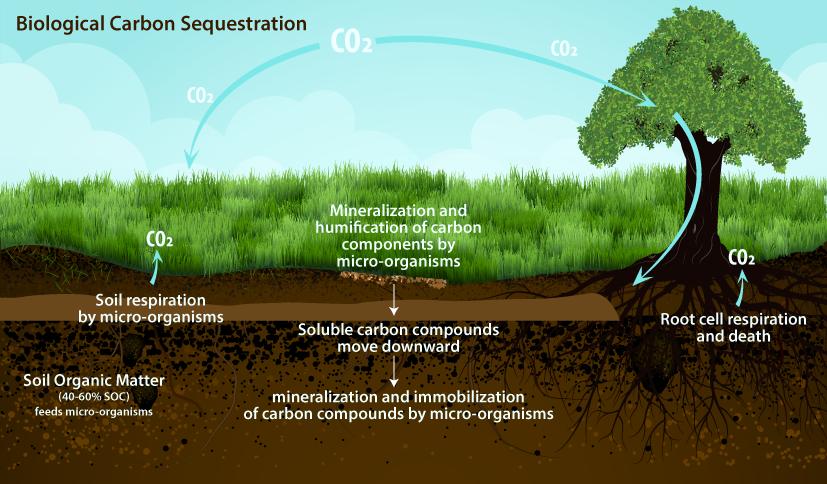
16
CARBON BALANCING
Regardless of whether or not you believe that human carbon emission pose a serious threat to the environment, we can take action now and work to lessen our impact on the composition of the atmosphere under the principle of conservation.
Conservation means to ‘use wisely’, and as we use our planet’s resources to lift the world’s poor our of poverty, we can also take an active role in balancing the amount of carbon dioxide we emit with the amount sequestered by natural and man-made means. I call this Carbon Balancing. Governments have taken the lead in offering incentives to use less fossil fuels, allowing the regrowth of vegetation, and increase the amount of avoided carbon dioxide emissions. Approaches range from improved farming techniques, to energy efficiency improvements, to direct storage of CO2 underground, referred to as carbon sequestration. The United States since 2008 has offered a carbon sequestration tax credit. Enhanced in 2018, the 45Q tax credit will pay $35 per ton of avoided CO2 for gases stored underground in oil wells, known as EOR or Enhanced Oil Recovery, and $50 per ton for geologic storage of CO2.
17
THE ORIGNAL CARBON RESPOSITORY
Millions of years ago enormous carboniferous swamp forests covered much of the earth’s surface, inhabited by the dinosaurs’ ancestors and insects up to three feet long! As trees grew and died over millennia, they filled in these wetlands, forming biomass deposits over 300 feet deep. Eventually, changes in the earth’s surface buried many of these deposits under soil and water, storing vast amounts of carbon permanently within the earth. Once buried, the biomass slowly compressed to form coal, oil, and natural gas deposits that we call fossil fuels. Once burned, the stored carbon within the coal, oil and gas is released back into the atmosphere as Carbon Dioxide, changing the composition of the atmosphere.
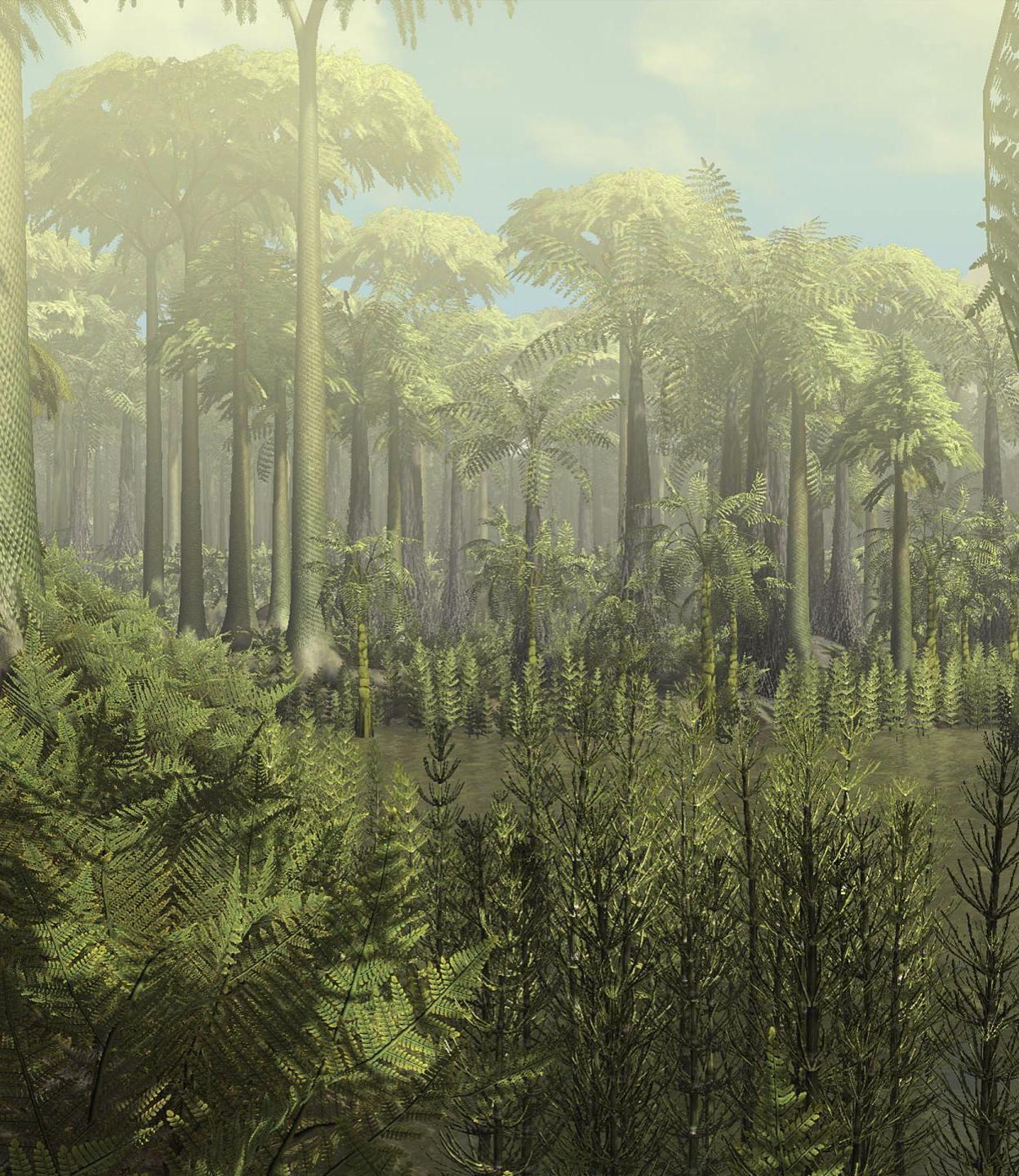
18
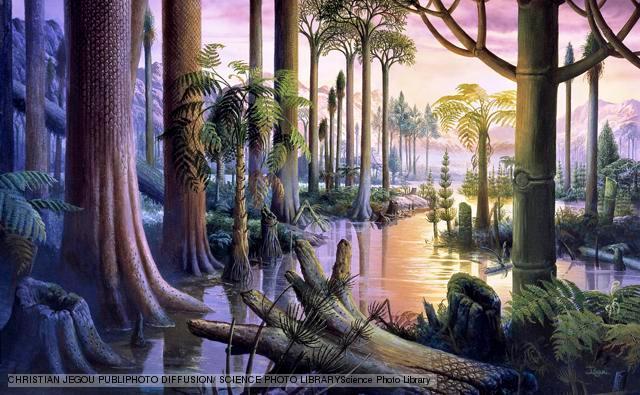
20



